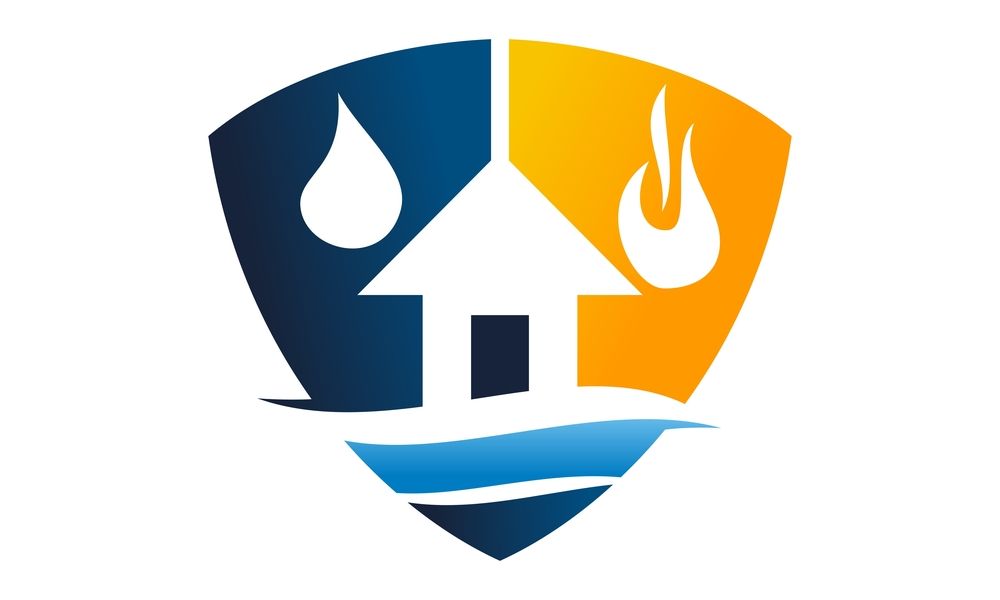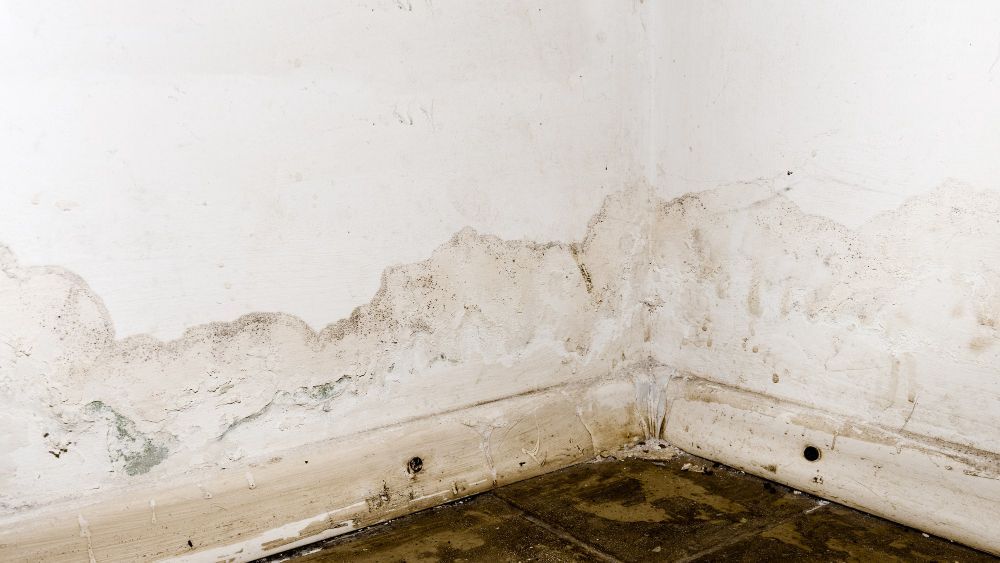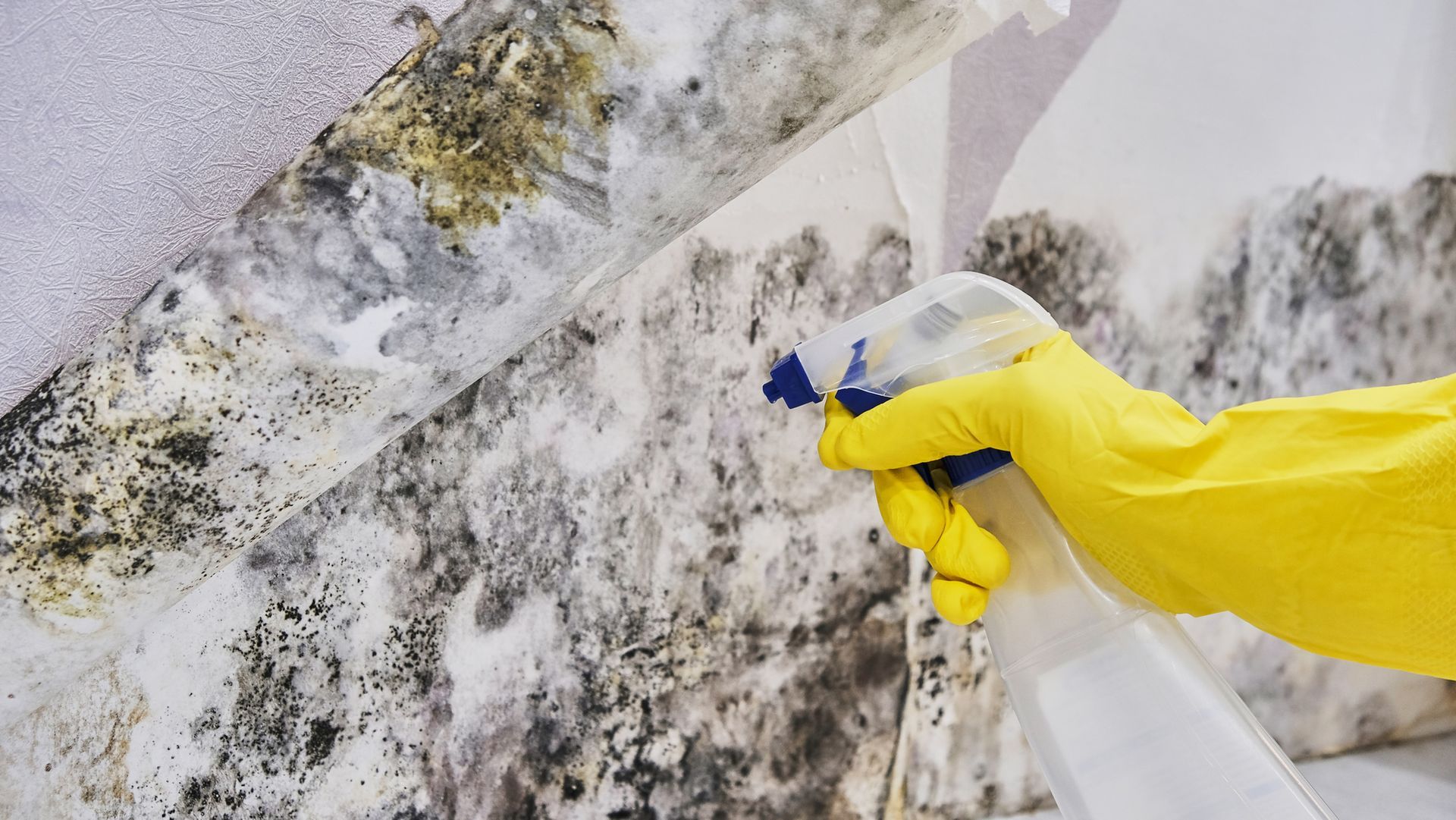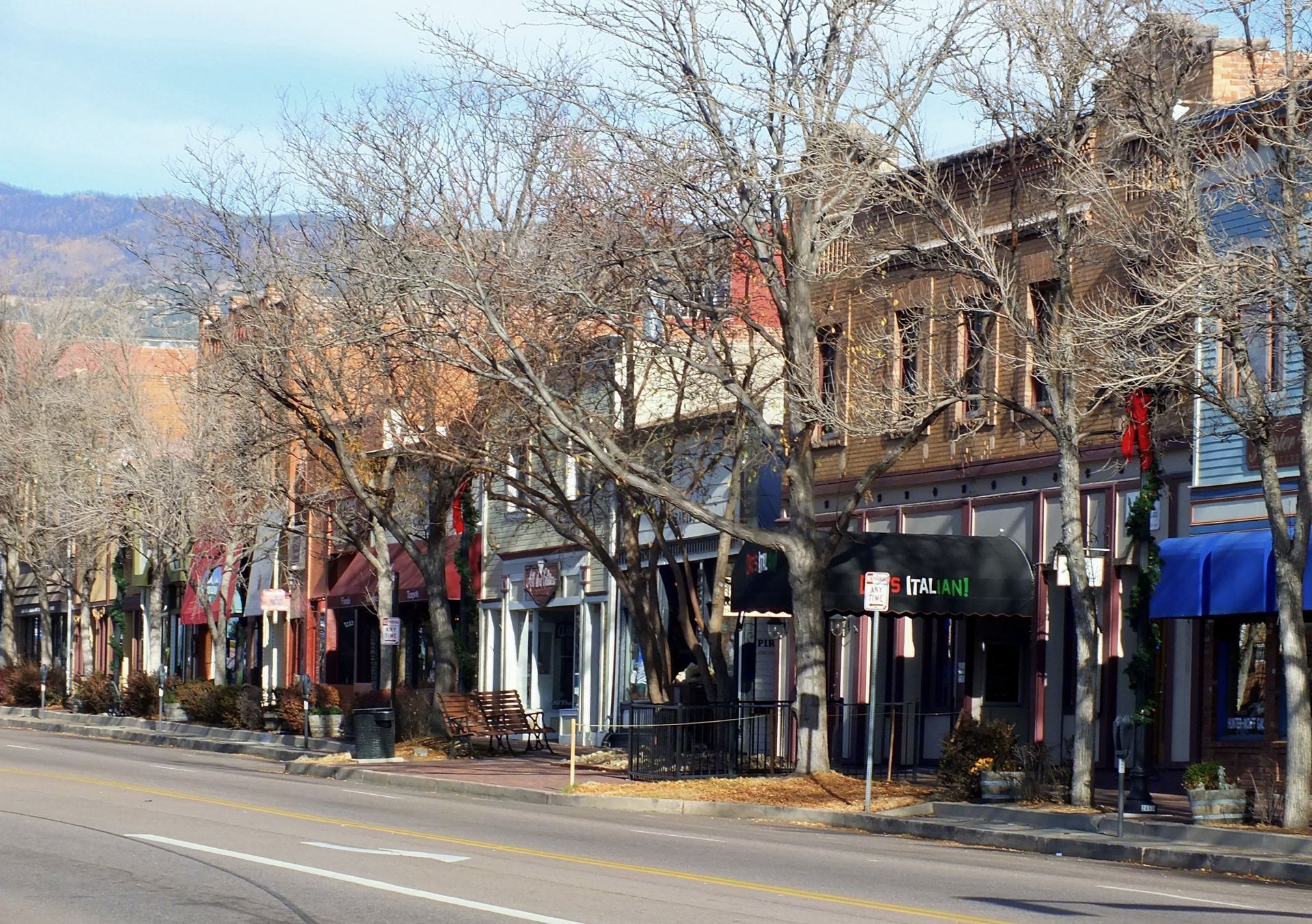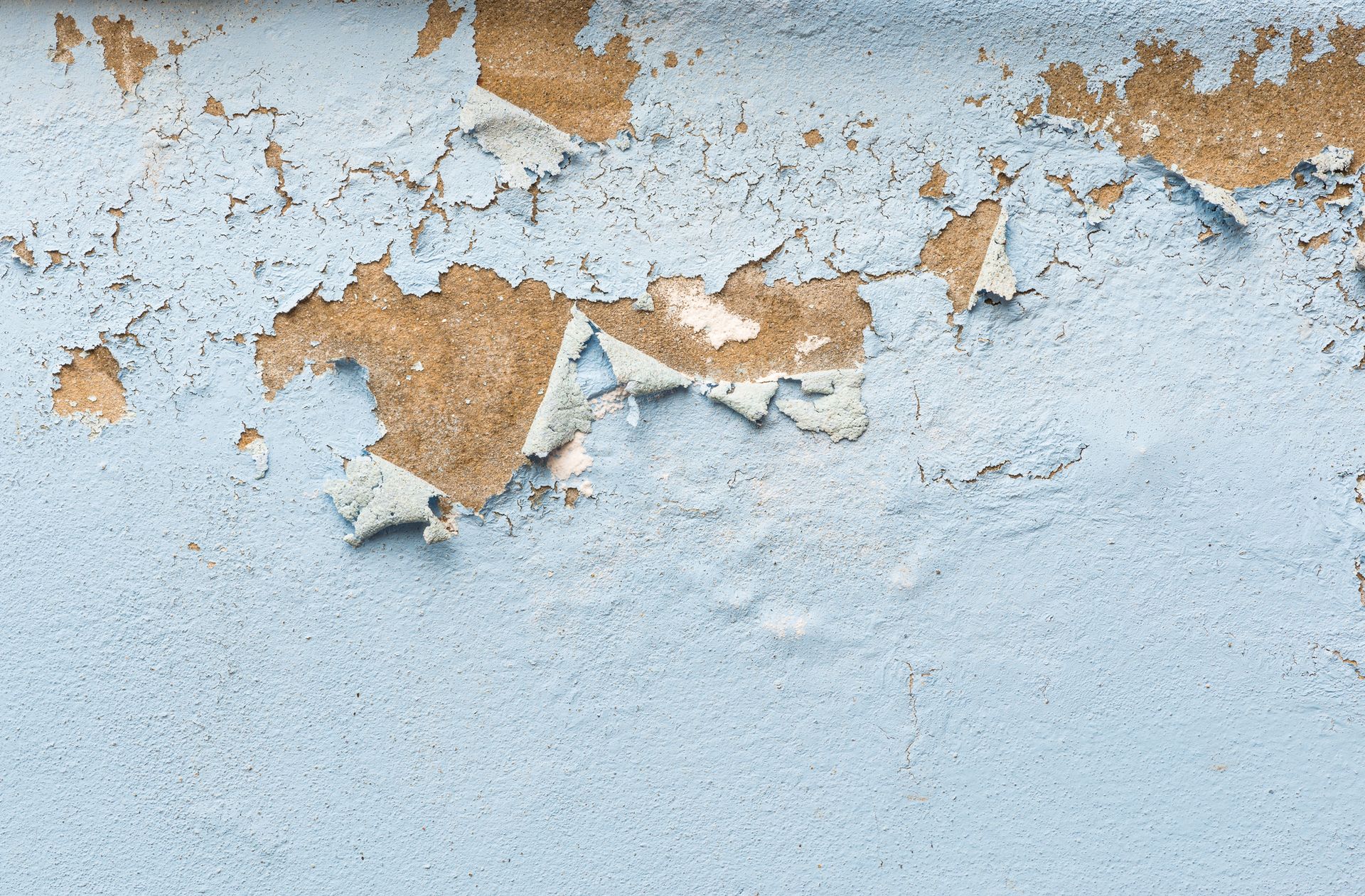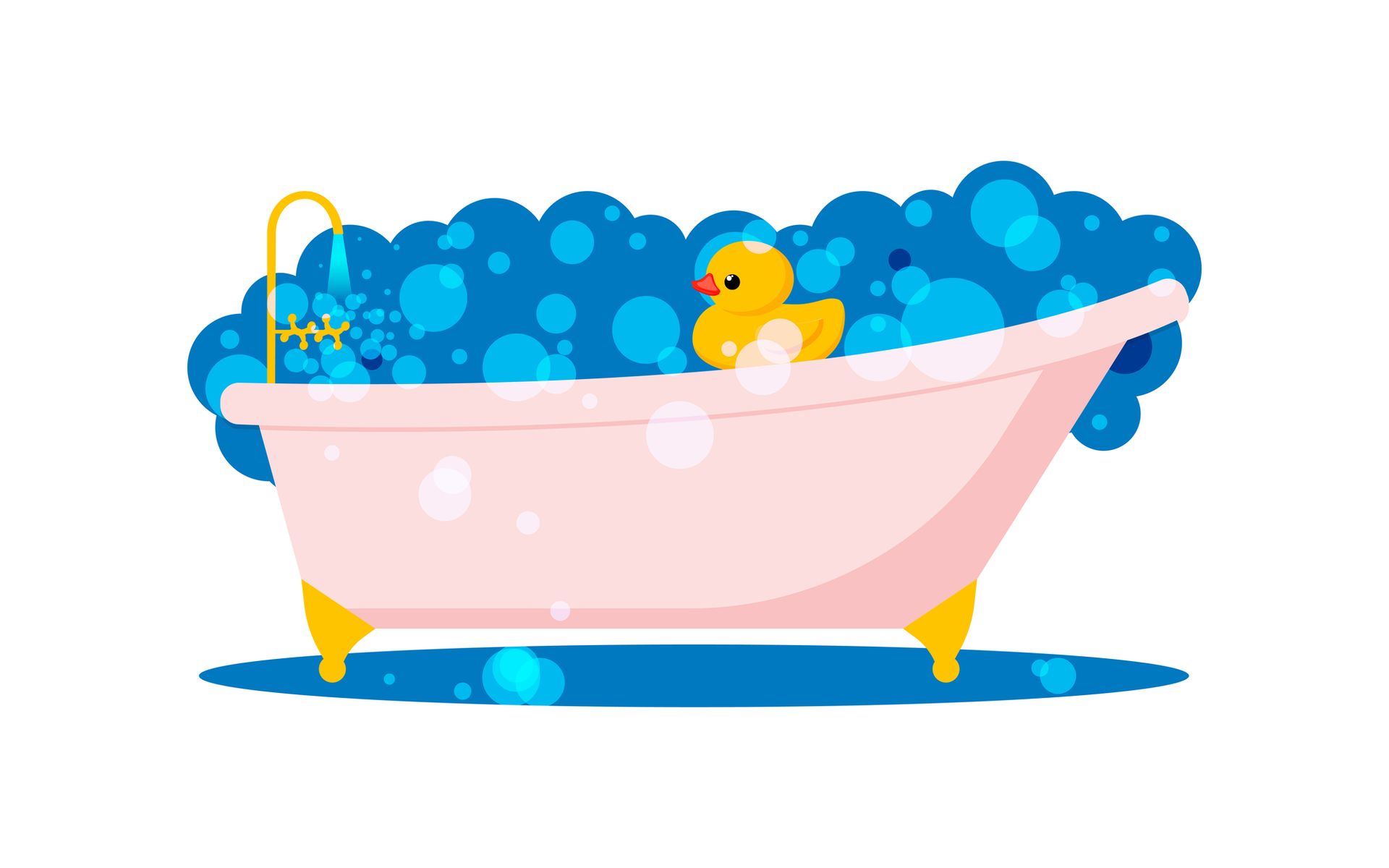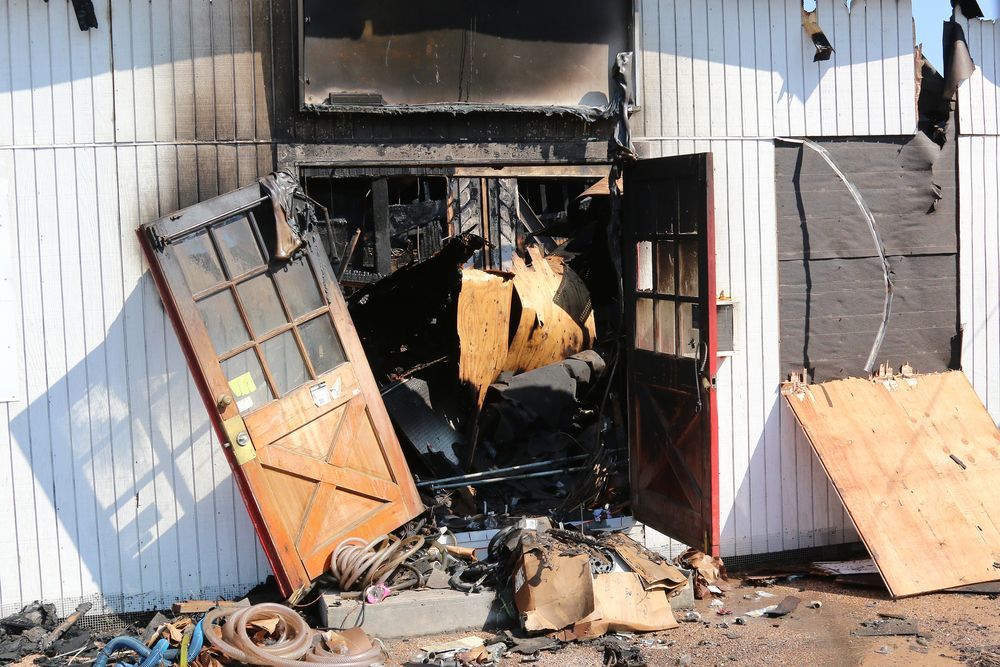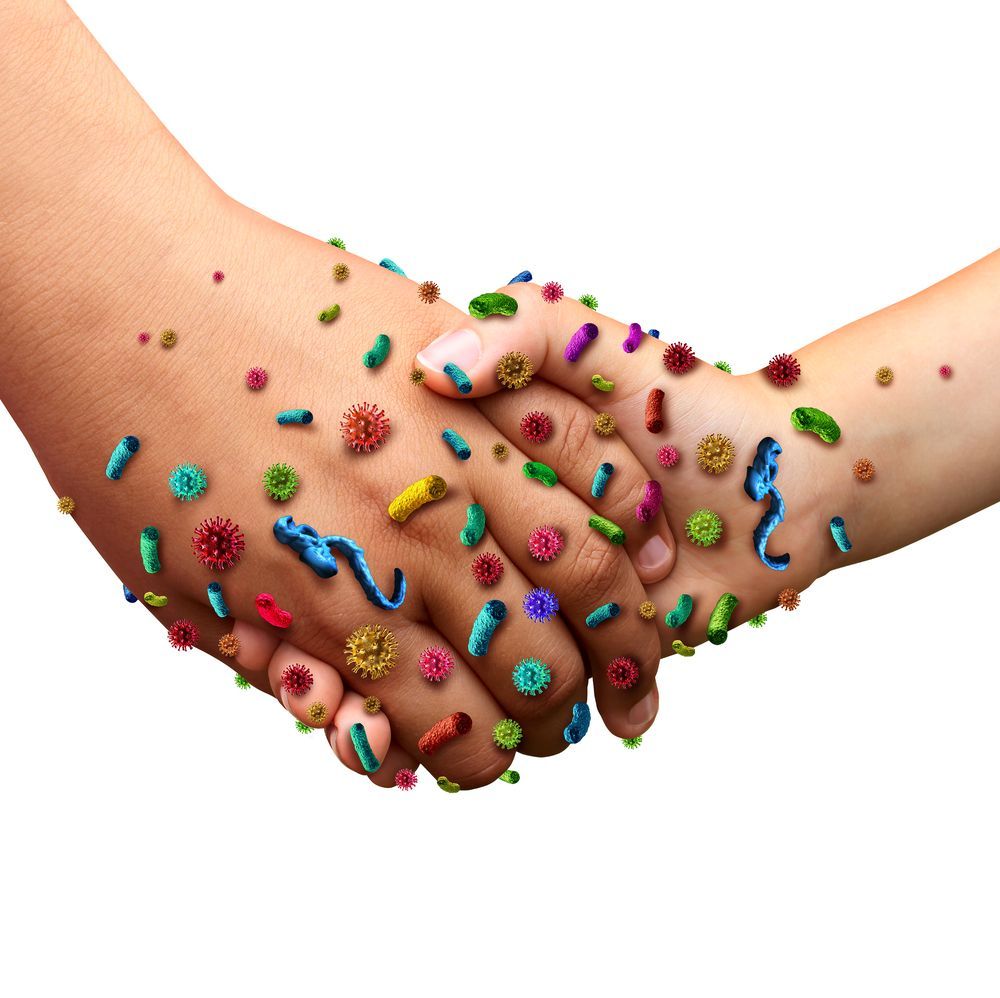Green Mold
Getting Rid of Green Mold in Bethlehem

Our planet is covered with thousands of kinds of green mold. Green, blue, pink, yellow, or black - molds are toxic to humans regardless of their color, especially when spores flourish within a building.
Green Mold Specifically
Green mold is not a specific type of mold. Green mold refers to a variety of fungi with greenish-hued spores. Aspergillus, Cladosporium, and Penicillium are the mold types that produce greenish spores. These three types of mold do not always take on a green tint; spores may be blue, and some may even be black.
The dangers of green mold
A green mold is toxic to humans, just as all other molds are. Mold spores are present in the air every day, but certain conditions cause mold-related illnesses. Mold growth indoors is more dangerous for people with weakened immune systems. Molds, such as Aspergillus, can cause pneumonia and inflammation of the lungs. In addition, mold can cause adverse reactions in people with allergies and asthma, such as coughing, running noses, watery eyes, and itchy skin. Green mold colony infestations can cause allergy symptoms even in people with no history of respiratory conditions.
Test for Mold When Seeing Green Indoors
Molds with a greenish hue are known as green molds. Green mold, however, may be hard to identify, especially if it appears in different colors on different surfaces. The presence of varying shades of green or green-gray in damp, darkened spaces is a definite sign of green mold. Molds of different types, such as black or pink mold, often grow alongside green mold.
The primary target of mold is wood. Green mold colonies can grow on wood floors, ceiling beams, and walls. Dark, confined kitchen cabinetry provides ample nutrients for green mold to thrive, even on food like bread. If the growth appears tinted green, green mold may be easy to detect, but only a laboratory test can determine if it is one of the species that produces green mold.
How to Remove Green Mold
Moist conditions are the perfect breeding ground for mold. For the prevention of indoor moisture, we recommend fixing any plumbing leaks, caulking any foundation cracks, and sealing surfaces around windows. All mold grows on moisture and food sources (wood, drywall, and clothing, among others) so eliminating the moisture problem will allow it to stop growing.
Mold colonies can then be removed once indoor moisture is controlled. Fungicides can be used to combat large infestations of green mold. Mold spores can also be removed using a vacuum with a HEPA filter. Mold spores are prevented from entering the open air and contaminating the rest of the property with HEPA filters.
When to Call a Professional
It is best to hire a professional if the mold is covering a large area. Light mold can be eliminated with the three processes listed above. In small spaces, such as those less than ten square feet, property owners should take steps to remove any green mold growth. Mold removal and mitigation services are needed when a large surface area has been affected by green mold.
Call Restoration 1 Lehigh Valley for Mold Remediation
You should contact your local, most reliable mold remediation company immediately if you discover a green mold problem on your property. A mold remediation expert can remove mold growth in any situation, whether the spores are confined to a small area under a sink or have grown into a monstrous patch along a basement wall. Mold technicians are highly trained to locate the source of moisture and stop the spread of mold spores.
The best remedy for removing green mold growth from inside an occupied property is to act quickly. Mold remediation professionals can handle any mold problem, regardless of how small or severe it is. At the first sign of mold on your property, don't hesitate to call Restoration 1 Lehigh Valley.
